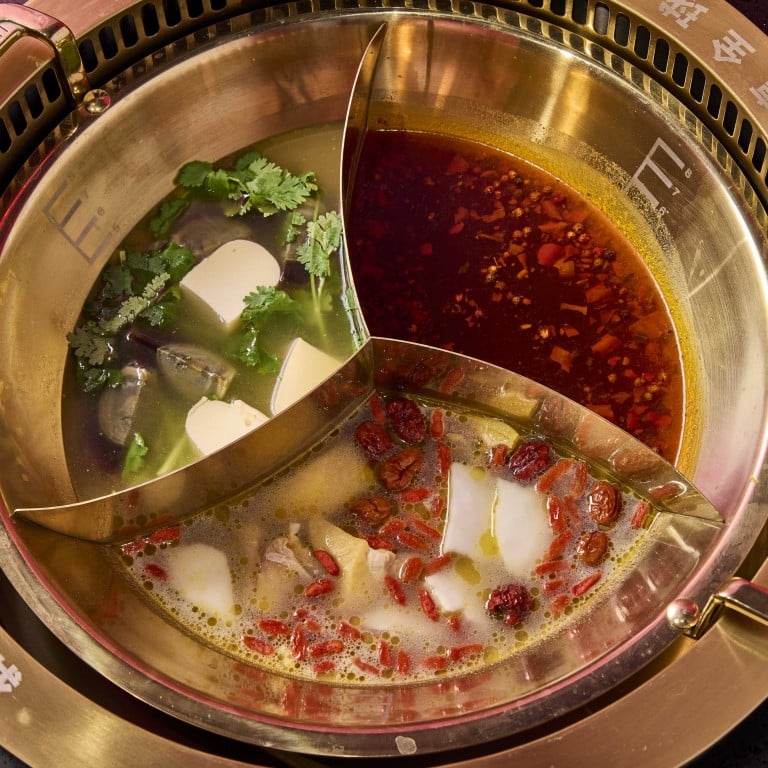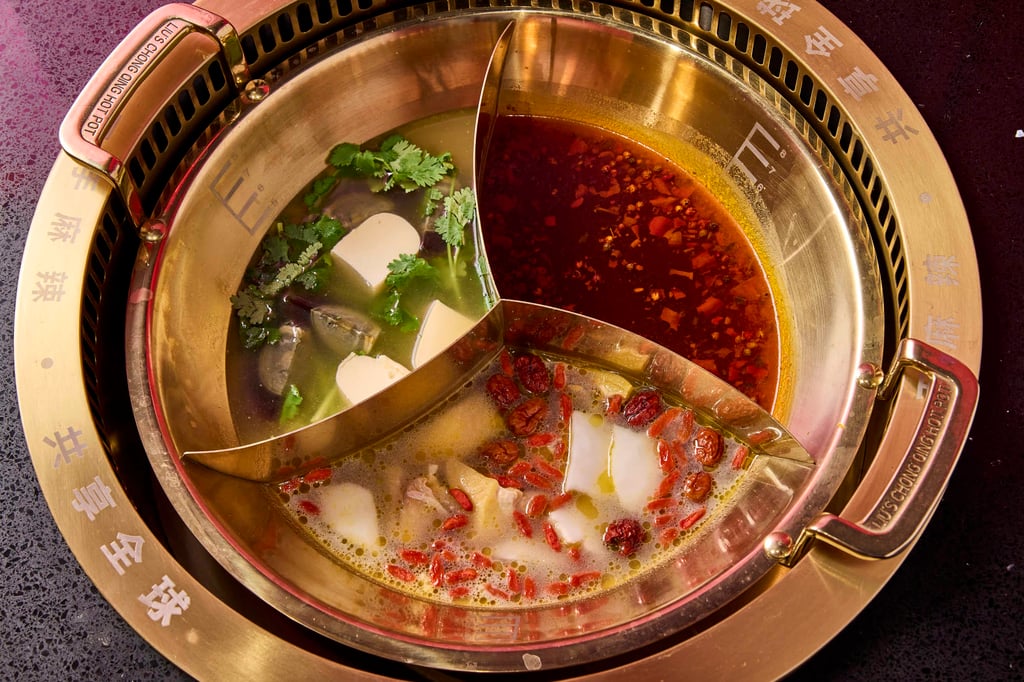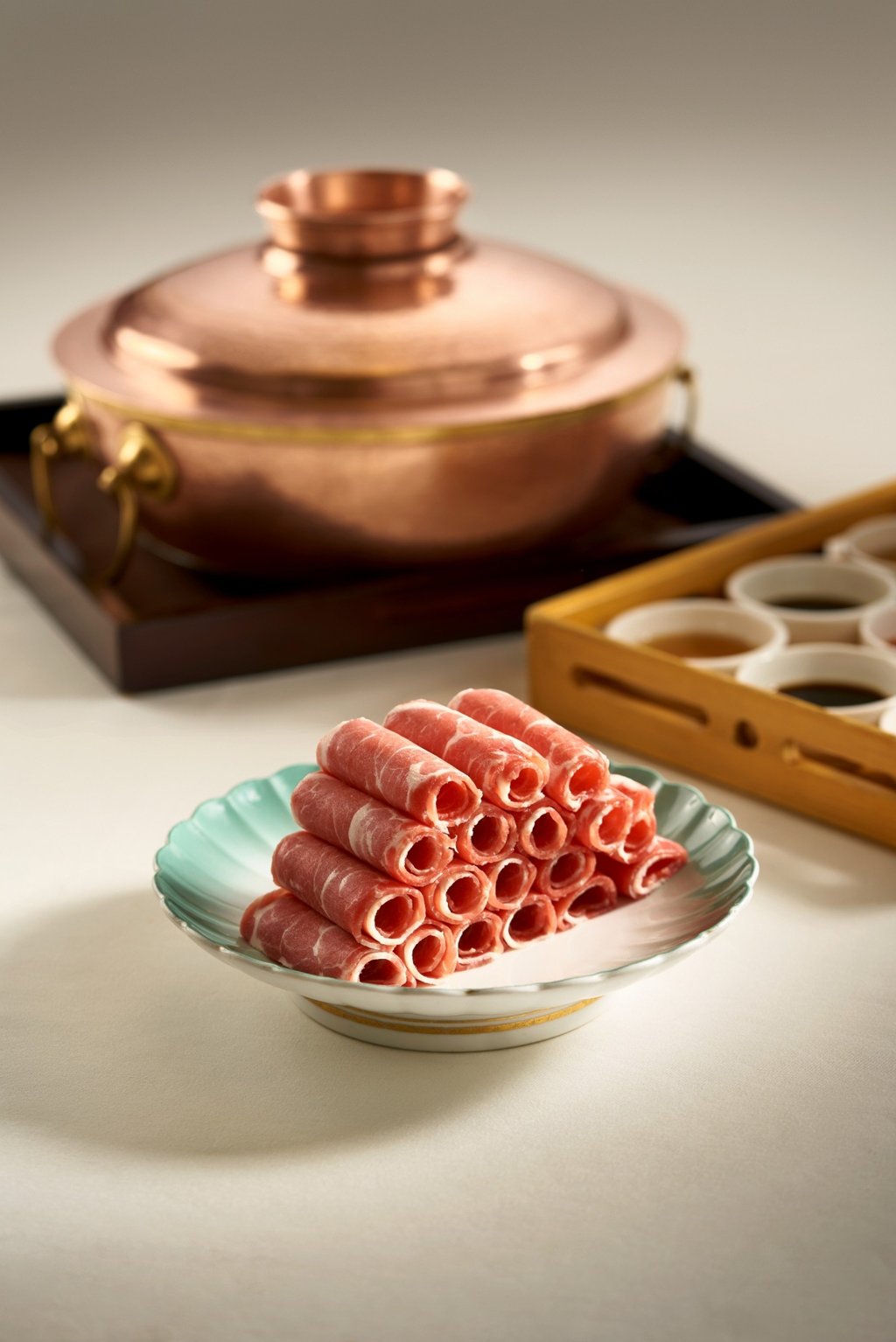Explainer / Everything you need to know about hotpot, Hong Kong’s favourite winter comfort food – from the Chinese soup dish’s origins to how to eat it, according to Michelin-recommended Megan’s Kitchen and more

- Hotpot’s enduring popularity has given rise to a wide variety of styles and versions, from the numbing Chongqing mala hotpot and Beijing’s shuan yang rou, to Southeast Asian-inspired broths
- Owners and chefs of Michelin-recommended Megan’s Kitchen, Dong Lai Shun, Cloud Nine, Lui’s Chong Qing Hotpot and Taiwanese establishment Wulao weigh in on how to eat the dish, too
There are other local winter favourites – like claypot rice – but for many Hongkongers, it’s hotpot that is the ultimate winter comfort food. And it is a dish with a long history.

While it’s generally agreed to have originated in China, there’s little else that scholars agree on. Some claim hotpot dates back to the Zhou dynasty, when nobility had a personal bronze pot with charcoal stove called a ran lu. Others point to the Three Kingdoms period (AD220 to AD280), or the Mongols. Perhaps inevitably, those spoken to for this article also have varying views.
“Hotpot has been well-known in China for more than one thousand years,” says Raymond Suen, CEO of high-end Wan Chai hotpot restaurant Megan’s Kitchen. “It is generally assumed that the hotpot tradition came from Mongolians who camped outside and had dinner together circling around a pot on the fire. There’s another point of view that it started from the Three Kingdoms period, with the introduction of copper pots credited as the origin of modern hotpot.”
Over at Tsim Sha Tsui’s Dong Lai Shun, head chef Sze Chiu-kwan adds, “Shuan yang rou for example – also known as mutton hotpot – has a long history. It was originally a court dish during the Ming dynasty [AD1368-AD1644], becoming more widespread among the general population in the late Qing dynasty [AD1636-AD1912].”

Meanwhile Jeffrey Shum, co-owner of Cloud Nine Hotpot in Happy Valley, says, “We have read that hotpot originated from sailors in China who sought a simpler way to cook. There are also similar dining styles in many other Asian cultures, though, such as lok lok in Malaysia and shabu-shabu in Japan.”
Regardless of the origin, its enduring popularity has given rise to a wide variety of hotpot styles and versions. In China alone it has been reported that there are hundreds, possibly thousands, of takes on humble hotpot. This includes one of the most famous – the mala hotpot from Chongqing, which is laden with Sichuan peppers.